
پیوند ها

قسمتی از متن :
Behaviorism
Behaviorism (or behaviourism), is an approach to psychology that combines elements of philosophy, methodology, and theory.[1] It emerged in the early twentieth century as a reaction to "mentalistic" psychology, which often had difficulty making predictions that could be tested using rigorous experimental methods. The primary tenet of behaviorism, as expressed in the writings of John B. Watson, B. F. Skinner, and others, is that psychology should concern itself with the observable behavior of people and animals, not with unobservable events that take place in their minds.[2] The behaviorist school of thought maintains that behaviors as such can be described scientifically without recourse either to internal physiological events or to hypothetical constructs such as thoughts and beliefs.[3]
From early psychology in the 19th century, the behaviorist school of thought ran concurrently and shared commonalities with the psychoanalytic and Gestalt movements in psychology into the 20th century; but also differed from the mental philosophy of the Gestalt psychologists in critical ways.[4] Its main influences were Ivan Pavlov, who investigated classical conditioning although he did not necessarily agree with behaviorism or behaviorists, Edward Lee Thorndike, John B. Watson who rejected introspective methods and sought to restrict psychology to experimental methods, and B.F. Skinner who conducted research on operant conditioning.[5]
In the second half of the 20th century, behaviorism was largely eclipsed as a result of the cognitive revolution.[6][7] While behaviorism and cognitive schools of psychological thought may not agree theoretically, they have complemented each other in practical therapeutic applications, such as in cognitive–behavioral therapy that has demonstrable utility in treating certain pathologies, such as simple phobias, PTSD, and addiction. In addition, behaviorism sought to create a comprehensive model of the stream of behavior from the birth of the human to his death (see Behavior analysis of child development).
Versions
There is no universally agreed-upon classification, but some titles given to the various branches of behaviorism include:
Methodological: The behaviorism of Watson; the objective study of behavior; no mental life, no internal states; thought is covert speech.
Radical: Skinners behaviorism; is considered radical since it expands behavioral principles to processes within the organism; in contrast to methodological behaviorism; not mechanistic or reductionistic; hypothetical (mentalistic) internal states are not considered causes of behavior, phenomena must be observable at least to the individual experiencing them. Willard Van Orman Quine used many of radical behaviorisms ideas in his study of knowing and language.
Teleological: Post-Skinnerian, purposive, close to microeconomics. Focuses on objective observation as opposed to cognitive processes.
Theoretical: Post-Skinnerian, accepts observable internal states ("within the skin" once meant "unobservable," but with modern technology we are not so constrained); dynamic, but eclectic in choice of theoretical structures, emphasizes parsimony.
Biological: Post-Skinnerian, centered on perceptual and motor modules of behavior, theory of behavior systems.
Psychological behaviorism (PB) Arthur W. Staats: First general behaviorism that centers on human behavior. Created time-out, token-reinforcement and other methods, analyses, findings and theory that helped found behavioral child development, education, abnormal, and clinical areas--also terming this behavioral analysis in 1963. PB laid the basis for cognitive behavior therapy, provides basic theory and research that unifies emotional and behavioral conditioning, and introduces new avenues for basic and applied behavior analysis. [8][9]
Two subtypes are:
Hullian and post-Hullian: theoretical, group data, not dynamic, physiological;
Purposive: Tolmans behavioristic anticipation of cognitive psychology
Definition
B.F. Skinner was influential in defining radical behaviorism, a philosophy codifying the basis of his school of research (named the Experimental Analysis of Behavior, or EAB.) While EAB differs from other approaches to behavioral research on numerous methodological and theoretical points, radical behaviorism departs from methodological behaviorism most notably in accepting feelings, states of mind and introspection as existent and scientifically treatable. This is done by identifying them as something non-dualistic, and here Skinner takes a divide-and-conquer approach, with some instances being identified with bodily conditions or behavior, and others getting a more extended "analysis" in terms of behavior. However, radical behaviorism stops short of identifying feelings as causes of behavior.[2] Among other points of difference were a rejection of the reflex as a model of all behavior and a defense of a science of behavior complementary to but independent of physiology. Radical behaviorism has considerable overlap with other western philosophical positions such as American pragmatism.[10]
Experimental and conceptual innovations
This essentially philosophical position gained strength from the success of Skinners early experimental work with rats and pigeons, summarized in his books The Behavior of Organisms[11] and Schedules of Reinforcement.[12] Of particular importance was his concept of the operant response, of which the canonical example was the rats lever-press. In contrast with the idea of a physiological or reflex response, an operant is a class of structurally distinct but functionally equivalent responses. For example, while a rat might press a lever with its left paw or its right paw or its tail, all of these responses operate on the world in the same way and have a common consequence. Operants are often thought of as species of responses, where the individuals differ but the class coheres in its function-shared consequences with operants and reproductive success with species. This is a clear distinction between Skinners theory and S–R theory.
Skinners empirical work expanded on earlier research on trial-and-error learning by researchers such as Thorndike and Guthrie with both conceptual reformulations—Thorndikes notion of a stimulus–response "association" or "connection" was abandoned; and methodological ones—the use of the "free operant," so called because the animal was now permitted to respond at its own rate rather than in a series of trials determined by the
دانلود,مقاله,Behaviorism,دانلود
تصاویری از چند صفحه نخست فایل :

توجه فرمایید بدلیل تهیه ی تصویر با نرم افزار های خارجی متن نمایش داده شده در تصاویر ممکن است دارای اشکالاتی در نمایش برخی حروف باشد که در فایل اصلی بدون مشکل است
مبلغ قابل پرداخت 13,000 تومان

فارسی ساز Dragons Dogma 2 آموزش نصب : https://parsiteamsite.ir/product13/dd2/index.html ... ...

به اطلاع علاقهمندان به تاریخ هنر میرسانیم که فایل PDF با عنوان «هنر پارتی و ساسانی» از نویسنده ماریوبوسایلی و امیرتوشراتو منتشر شده است. این اثر به تحلیل عمیق و مستند هنر و فرهنگ در دوران پارتی و ساسانی میپردازد. مطالعه این اثر میتواند افقهای جدیدی را در درک ... ...
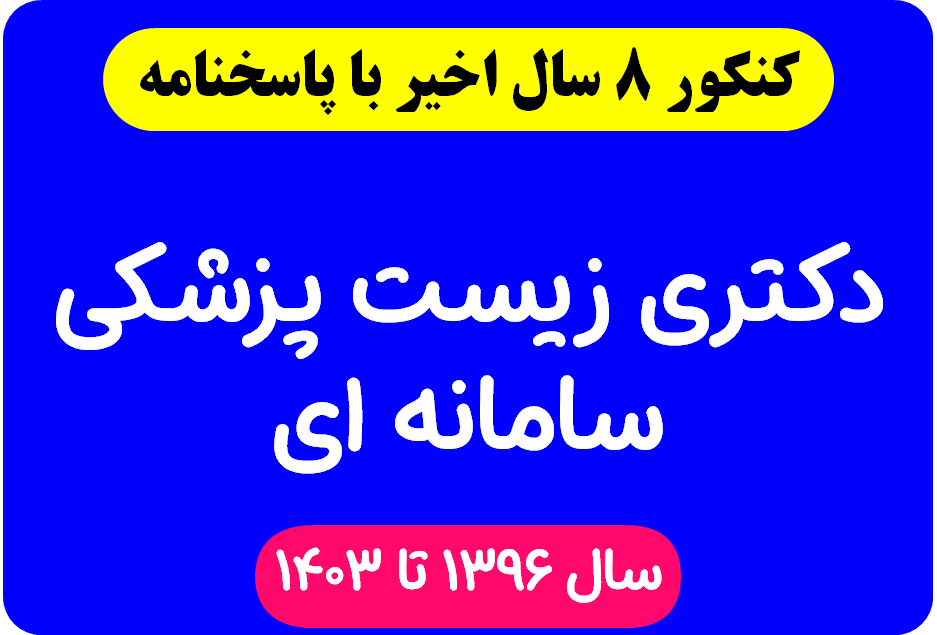
دانلود سوالات آزمون دکتری زیست پزشکی سامانه ای با پاسخنامه از سال 1396 تا 1403 دانلود دفترچه سوالات آزمون دکتری رشته زیست پزشکی سامانه ای سال 1396 (با پاسخنامه) دانلود دفترچه سوالات آزمون دکتری رشته زیست پزشکی سامانه ای سال 1397 (با پاسخنامه) دانلود دفترچه سوالات ... ...

دانلود جزوه مبانی نظری معماری حجت دانشگاه تهران 71 ص دستنویس فرمت PDF ... ...
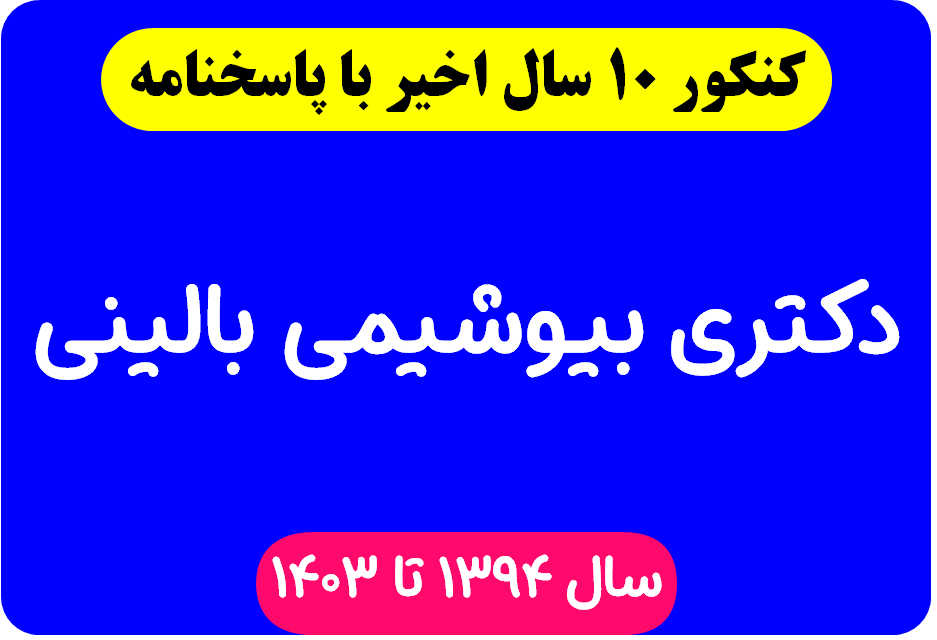
دانلود سوالات آزمون دکتری بیوشیمی بالینی با پاسخنامه از سال 1394 تا 1403 دانلود دفترچه سوالات آزمون دکتری رشته بیوشیمی بالینی سال 1394 (با پاسخنامه) دانلود دفترچه سوالات آزمون دکتری رشته بیوشیمی بالینی سال 1395 (با پاسخنامه) دانلود دفترچه سوالات آزمون دکتری رشته ... ...

بانک آزمون های آزمایشی کارشناسی ارشد مجموعه معماری دانلود مجموعه 50 دوره آزمون آزمایشی معماری مربوط به موسسات ایوانخانه معمار،مرکز معماری ایران ، مدرسان شریف و ماهان با پاسخنامه تشریحی ... ...
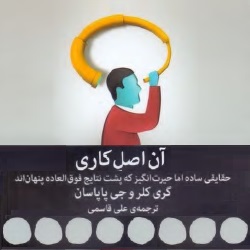
کتاب آن اصلِ کاری حقایقی ساده اما حیرتانگیز که پشت نتایج فوقالعاده پنهان هستند!. حاشیۀ متن صفحات این کتابِ بسیار ارزشمند، اندک است اما بسیار خوانا میباشد و در گوشی همراه ممکن است نیاز باشد که صفحه را چرخش دهید تا بر مطالب، تسلط بهتر داشته باشید. نویسنده: گری کلر و جی ... ...
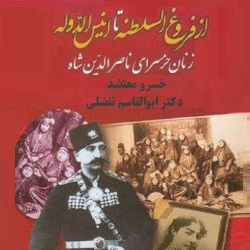
کتابِ از فروغالسلطنه تا انیسالدوله نویسندگان: خسرو معتضد و دکتر ابوالقاسم تفضلی حجم فایل: ۸.۶مگابایت تعداد صفحات: ۶۷۴ ... ...

دانلود جزوه استراتژیهای درک مطلب زبان تخصصی معماری 4 ص تایپ شده ... ...
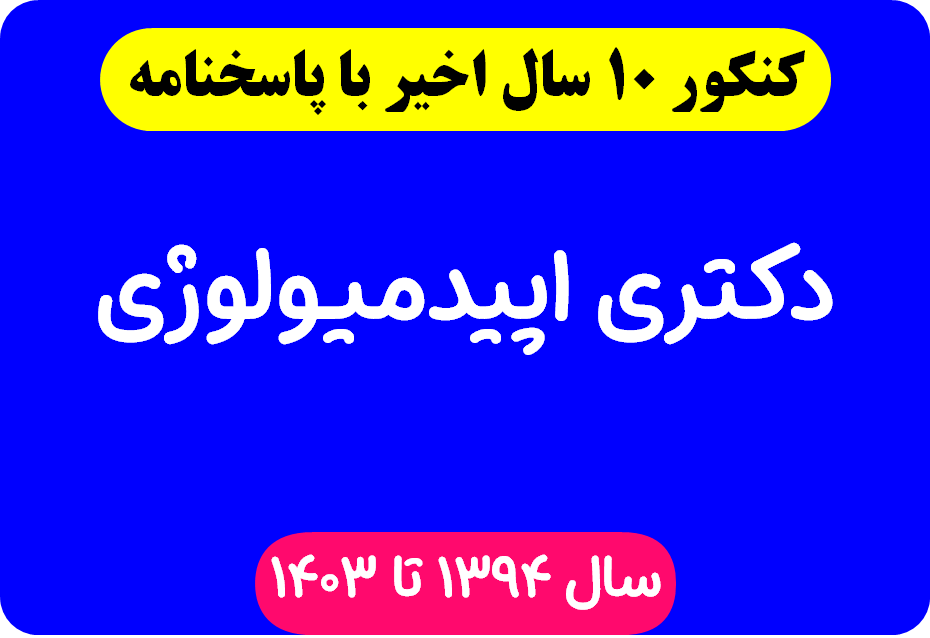
دانلود سوالات آزمون دکتری اپیدمیولوژی با پاسخنامه از سال 1394 تا 1403 دانلود دفترچه سوالات آزمون دکتری رشته اپیدمیولوژی سال 1394 (با پاسخنامه) دانلود دفترچه سوالات آزمون دکتری رشته اپیدمیولوژی سال 1395 (با پاسخنامه) دانلود دفترچه سوالات آزمون دکتری رشته اپیدمیولوژی ... ...
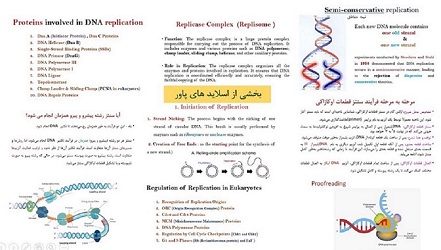
فایل کامل پاورپوینت همانندسازی DNA (87 اسلاید) — در یوکاریوت، پروکاریوت، روش حلقه چرخان، همانند سازی تلومر و تنظیم همانندسازی. این بسته شامل دو فایل پاورپوینت حرفهای (مجموعاً 87 اسلاید) درباره همانندسازی DNA در موجودات یوکاریوتی و پروکاریوتی است، به همراه روش حلقه چرخان ... ...
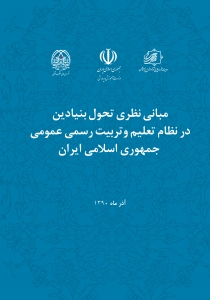
نویسنده: اعضای کارگروه تلفيق نتايج مطالعات نظری با پشتيبانی دبيرخانة شــورای عالی آموزش وپرورش معرفی مفاد اين مجموعه طی جلســات ٨٠١ تا ٨٠٨» شــورای عالی آموزش وپرورش»(در مشهد مقدس، از ٢٩بهمن تا اول اســفند ١٣٨٨ )مورد بررسی و تأييد ... ...
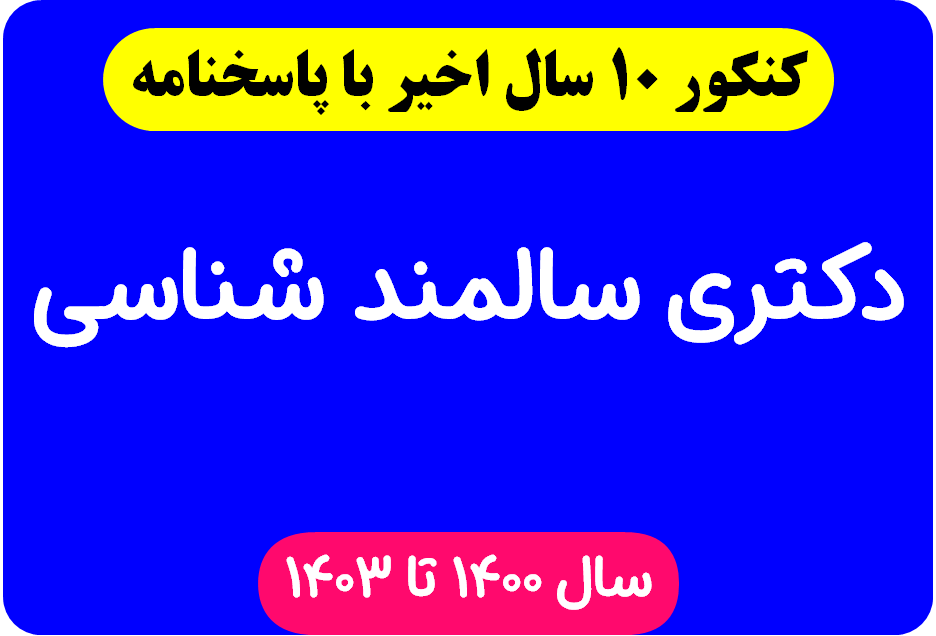
دانلود سوالات آزمون دکتری سالمند شناسی با پاسخنامه از سال 1394 تا 1403 دانلود دفترچه سوالات آزمون دکتری رشته سالمند شناسی سال 1394 (با پاسخنامه) دانلود دفترچه سوالات آزمون دکتری رشته سالمند شناسی سال 1395 (با پاسخنامه) دانلود دفترچه سوالات آزمون دکتری رشته سالمند ... ...
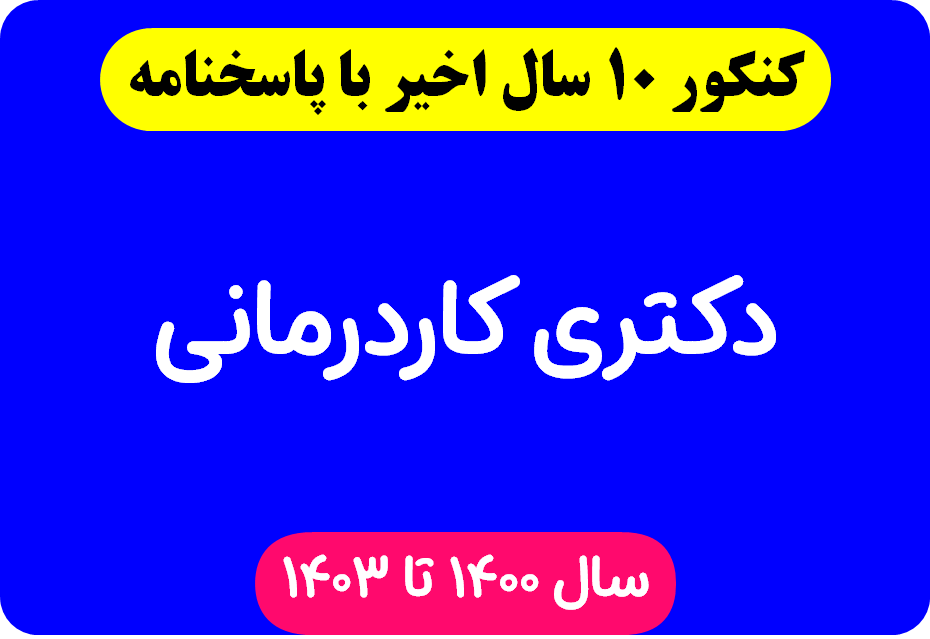
دانلود سوالات آزمون دکتری کاردرمانی با پاسخنامه از سال 1394 تا 1403 دانلود دفترچه سوالات آزمون دکتری رشته کاردرمانی سال 1394 (با پاسخنامه) دانلود دفترچه سوالات آزمون دکتری رشته کاردرمانی سال 1395 (با پاسخنامه) دانلود دفترچه سوالات آزمون دکتری رشته کاردرمانی سال 1396 ... ...
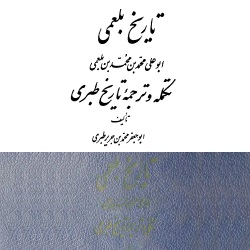
کتاب تاریخ بلعمی دو جلدی به تصحیح محمدتقی بهار "ملکالشعراء" مؤلف: ابوجعفرمحمد طبری حجم فایل: ۲۲مگابایت تعداد صفحات: ۷۳۶ + ۶۳۲ ... ...
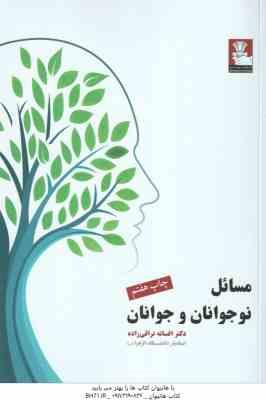
کمیاب کتاب : مسائل نوجوانان و جوانان مولف : افسانه نراقی زاده تعداد صفحات : فصل اول (111 ص) فرمت فایل : pdf قابل سرچ ... ...
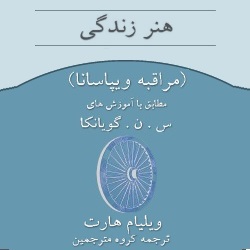
کتاب هـنر زندگی مراقبهٔ ویپاسانا مطابق با آموزشهای س.ن.گویانکا نویسنده: ویلیام هارت ترجمه توسط گروه مترجمین حجم فایل: ۱.۵مگابایت تعداد صفحات: ۱۳۸ ... ...
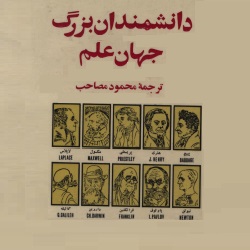
کتاب دانشمندان بزرگ جهان علم مترجم: محمود مصاحب حجم فایل: ۸.۲مگابایت تعداد صفحات: ۴۱۱ ... ...
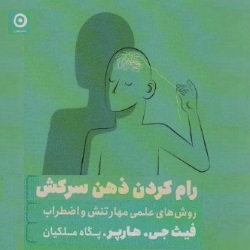
کتاب رام کردن ذهن سرکش نویسنده: فیث جی.هارپر مترجم: پگاه ملکیان حجم فایل: ۱۵.۸مگابایت تعداد صفحات: ۲۲۰ ... ...
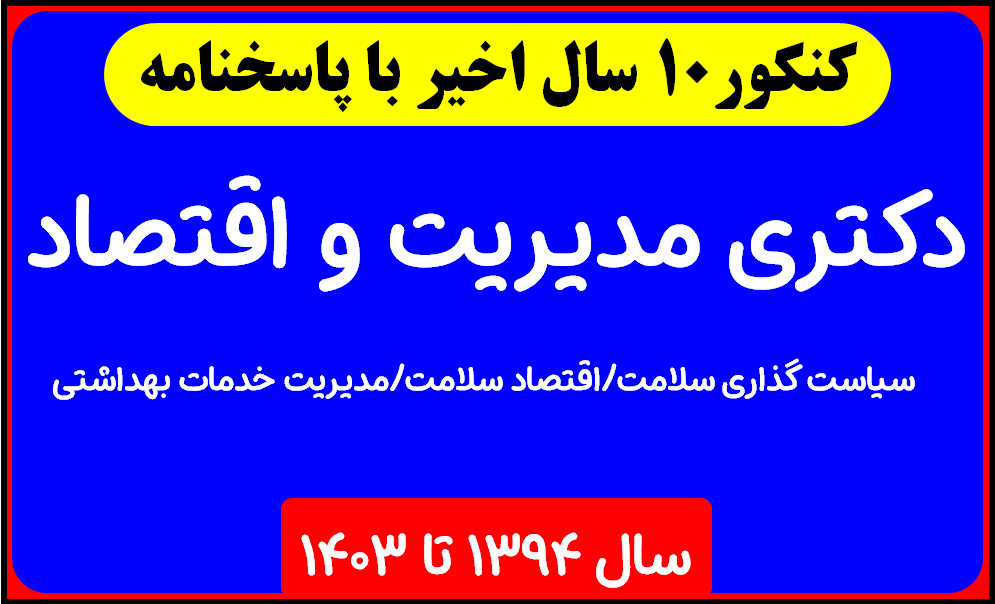
دانلود سوالات آزمون دکتری مدیریت و اقتصاد با پاسخنامه از سال 1394 تا 1403 دانلود دفترچه سوالات آزمون دکتری رشته مدیریت و اقتصاد سال 1394 (با پاسخنامه) دانلود دفترچه سوالات آزمون دکتری رشته مدیریت و اقتصاد سال 1395 (با پاسخنامه) دانلود دفترچه سوالات آزمون دکتری رشته ... ...
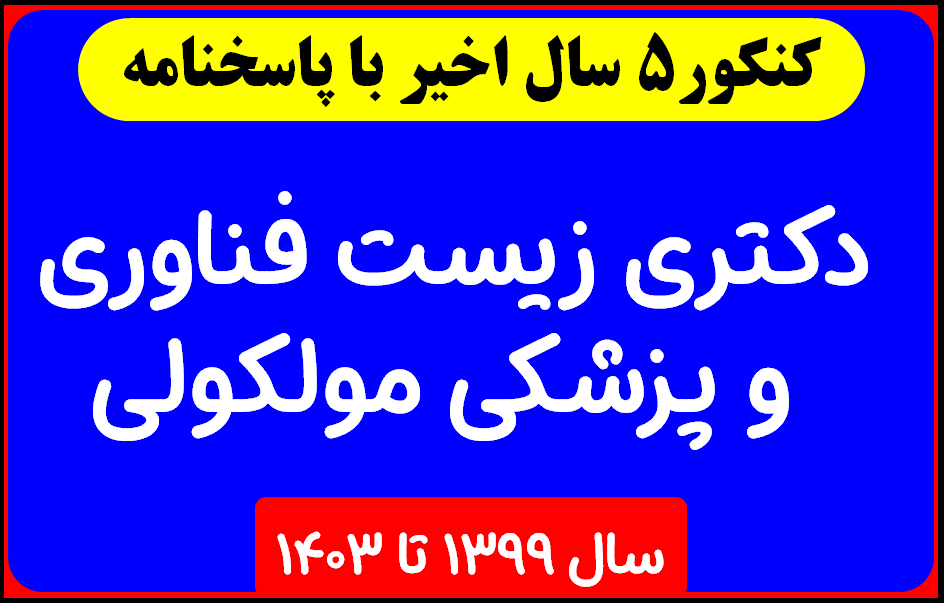
دانلود سوالات آزمون دکتری طب سوزنی با پاسخنامه از سال 1399 تا 1403 دانلود دفترچه سوالات آزمون دکتری رشته طب سوزنی سال 1399 (با پاسخنامه) دانلود دفترچه سوالات آزمون دکتری رشته طب سوزنی سال 1400 (با پاسخنامه) دانلود دفترچه سوالات آزمون دکتری رشته طب سوزنی سال 1401 ... ...
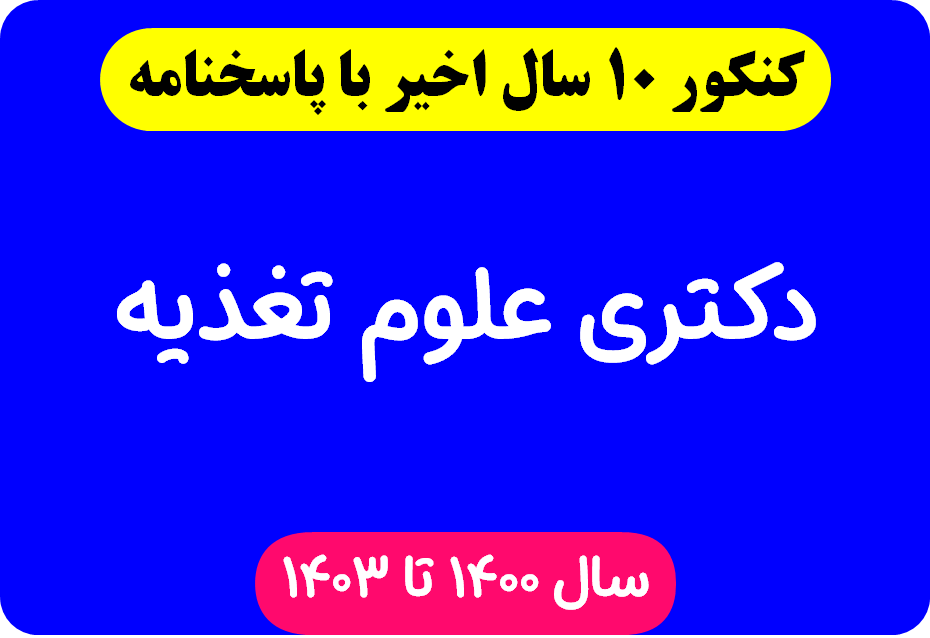
دانلود سوالات آزمون دکتری علوم تغذیه با پاسخنامه از سال 1394 تا 1403 دانلود دفترچه سوالات آزمون دکتری رشته علوم تغذیه سال 1394 (با پاسخنامه) دانلود دفترچه سوالات آزمون دکتری رشته علوم تغذیه سال 1395 (با پاسخنامه) دانلود دفترچه سوالات آزمون دکتری رشته علوم تغذیه سال ... ...
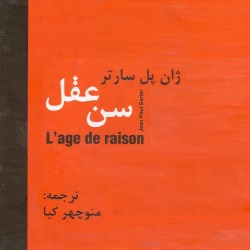
کتاب سن عقل نویسنده: ژان پل سارتر مترجم: منوچهر کیا حجم فایل: ۵.۷مگابایت تعداد صفحات: ۴۱۱ ... ...
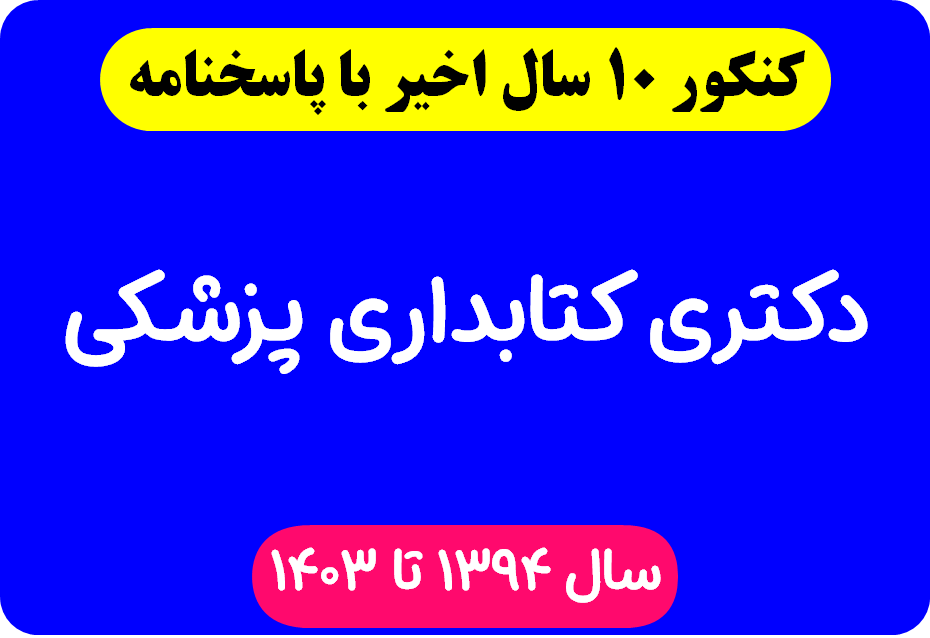
دانلود سوالات آزمون دکتری کتابداری پزشکی با پاسخنامه از سال 1394 تا 1403 دانلود دفترچه سوالات آزمون دکتری رشته کتابداری پزشکی سال 1394 (با پاسخنامه) دانلود دفترچه سوالات آزمون دکتری رشته کتابداری پزشکی سال 1395 (با پاسخنامه) دانلود دفترچه سوالات آزمون دکتری رشته ... ...
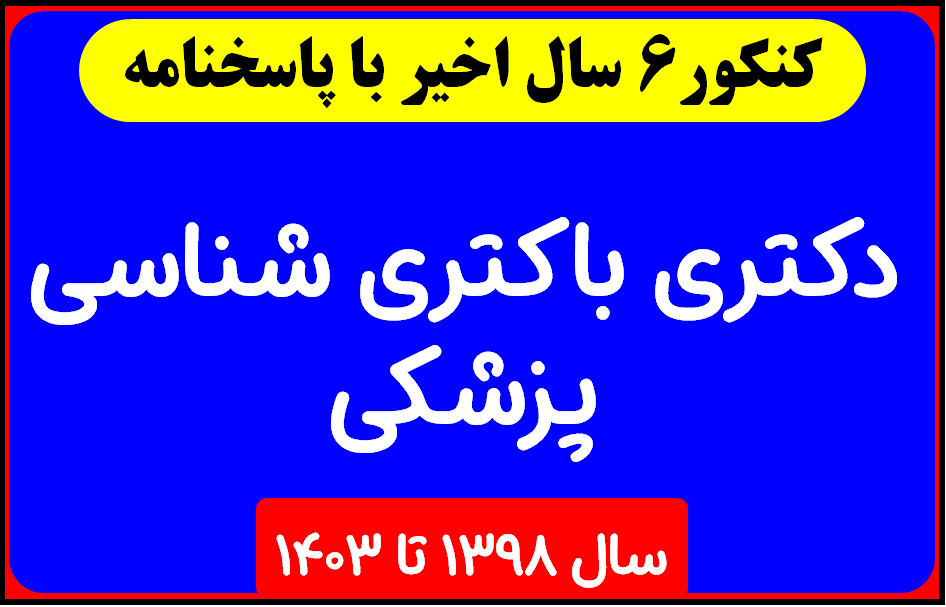
دانلود سوالات آزمون دکتری بیومدیکال مقایسه ای با پاسخنامه از سال 1398 تا 1403 دانلود دفترچه سوالات آزمون دکتری رشته بیومدیکال مقایسه ای سال 1398 (با پاسخنامه) دانلود دفترچه سوالات آزمون دکتری رشته بیومدیکال مقایسه ای سال 1399 (با پاسخنامه) دانلود دفترچه سوالات ... ...

دانلود سوالات آزمون دکتری مدیریت مالی با پاسخنامه از سال 1396 تا 1404 دانلود دفترچه سوالات آزمون دکتری رشته مدیریت مالی سال 1396 (با پاسخنامه) دانلود دفترچه سوالات آزمون دکتری رشته مدیریت مالی سال 1397 (با پاسخنامه) دانلود دفترچه سوالات آزمون دکتری رشته مدیریت مالی ... ...